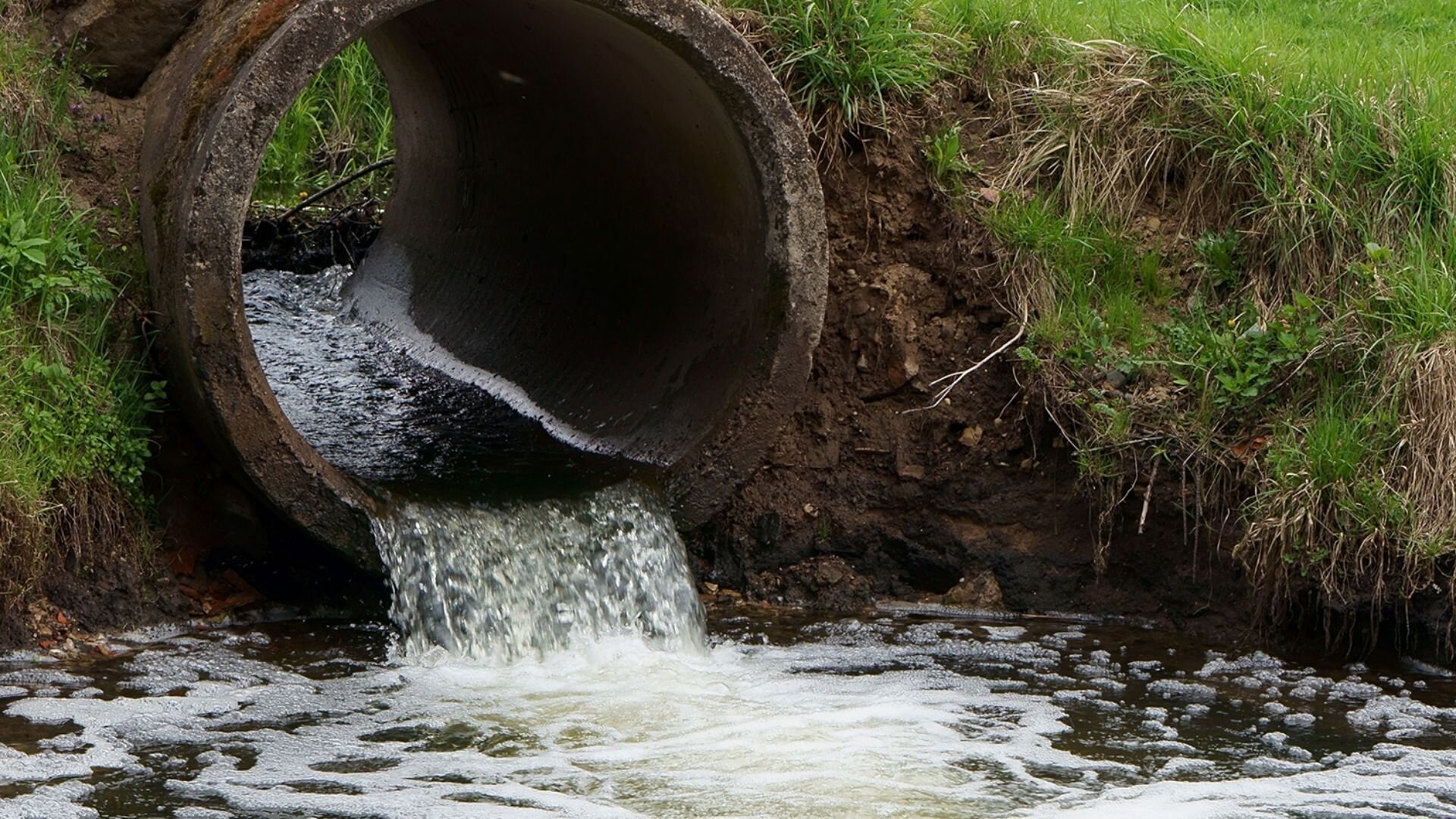Picture this: a heavy rain sweeps over the city streets, and the water disappears down the stormwater drains. Ever wondered where it all goes? These often-overlooked systems quietly function beneath us, playing a crucial role in maintaining the health of both our urban and natural environments.
So, where does all that runoff end up after disappearing through the roadside grates? It’s a fascinating journey involving modern engineering, strong environmental practices, and the impact on our communities.
In this blog, we’ll explore the journey stormwater takes from the streets to its final stop. We’ll break down the different drainage systems used in cities, look at what stormwater runoff means for the environment, and discover innovative ways we can manage this resource alongside our cityscapes and nature.
Let your curiosity flow, much like the rainwater we’re exploring, and join us on an insightful journey into what happens beneath our city streets.
What is Stormwater?
Stormwater might seem self-explanatory, but it encompasses a variety of natural occurrences. Simply put, stormwater is water that originates from precipitation events, including rain, sleet, snow melt, and hail. When this water hits the ground, it either infiltrates the soil, is used by vegetation, evaporates into the atmosphere, or becomes surface runoff.

The sources of stormwater are as diverse as the weather patterns that produce them. In urban settings, stormwater is typically generated from rain or melting snow that flows over streets, lawns, and other sites. Unlike rural areas, where the soil absorbs a significant portion of this water, impervious surfaces in cities prevent such infiltration, leading to more runoff.
Distinguishing stormwater from wastewater is crucial. Wastewater is used water from homes, businesses, and industries, and it often contains pollutants from a variety of sources, such as household waste, oils, chemicals, and other contaminants. It requires treatment before being released back into the environment. In contrast, stormwater is assumed to be more 'natural,' although it can also pick up pollutants on its journey through urban landscapes.
The Journey of Stormwater
The initial collection of stormwater is a sight familiar in urban settings: water spiralling down drains on the sides of streets, trickling through grates, or being channelled along gutters and ditches. These collection points are just the visible part of a vast and complex stormwater drainage system.

Once stormwater enters a drain or gutter, it embarks on a journey that can take several routes. In some cases, it travels through a network of pipes and channels that make up the municipal storm sewer system, designed exclusively to handle precipitation runoff. These systems often discharge the water directly into nearby streams, rivers, or other bodies of water without treatment, so keeping pollutants off streets and lawns is vital.
However, in older or more traditionally designed urban areas, stormwater may enter combined sewer systems (CSS), which collect rainwater runoff, domestic sewage, and industrial wastewater into the same pipe.
These systems transport all wastewater to a sewage treatment plant, which is treated before being discharged to water bodies. During heavy rainfall, these systems can overflow, leading to the discharge of untreated wastewater into nearby water bodies.
Types of Stormwater Drainage Systems
Modern cities employ a mix of drainage systems to manage stormwater. Combined Sewer Systems (CSS) is one such method, though it is increasingly viewed as outdated due to its overflow issues.
To combat this, many cities have been moving to Separate Storm Sewer Systems (SSS), which have two separate pipelines: one for sewage and one for stormwater.
An emerging and more sustainable approach is the use of Green Infrastructure Solutions. These systems aim to mimic natural processes through green roofs, rain gardens, and permeable pavements that allow water to infiltrate and be used by plants, reducing runoff and improving water quality.
Environmental and Urban Impact
Stormwater can carry contaminants such as pesticides, heavy metals, sediments, bacteria, and other pollutants into water bodies, severely affecting ecosystems. Algae blooms, fish kills, and habitat destruction are some of the ecological impacts caused by these pollutants.

In urban areas, stormwater is a significant factor in flooding. With limited areas for infiltration, heavy rains can quickly raise water levels on streets and in basements. Additionally, stormwater impacts water quality by increasing turbidity and contaminant levels, which can affect drinking water sources and recreational water bodies.
Stormwater Treatment and Management Practices
Treating stormwater often starts with basic filtration and sedimentation processes to remove debris and particulates. These can include catch basins, oil-water separators, and detention ponds.
More advanced treatment options, such as biofiltration, which uses vegetation to naturally filter contaminants, and constructed wetlands designed to mimic the pollutant-removing functions of natural wetlands, are also employed. Various regulations and practices, including guidelines for construction, pollution prevention, and community planning, are in place to monitor and manage stormwater.
The Role of the Community in Stormwater Management
Community involvement plays a critical role in effective stormwater management. Individuals can contribute by installing rain gardens and using permeable pavements to increase infiltration and reduce runoff. Proper disposal of hazardous materials and reducing the use of pesticides and fertilisers also help maintain stormwater quality.
Communities are participating in educational programs to boost awareness about why stormwater management matters and to promote sustainable habits among locals.
Innovations in Stormwater Management

As urban areas continue to grow, so does the need for innovative stormwater management solutions. New technologies are being developed and implemented, such as smart rainwater harvesting systems that use weather predictions to optimise water storage and real-time monitoring systems for drainage networks to prevent flooding and overflows.
Sustainable Urban Drainage Systems (SUDS) and Low Impact Development (LID) techniques are being increasingly adopted. These approaches focus on managing stormwater as close to its source as possible, using design techniques that infiltrate, store, evaporate, and detain runoff.
The future of stormwater infrastructure is aimed at sustainability, with a greater emphasis on integrating water management into the natural environment and reducing the impact of urbanisation on the water cycle. Adopting green roofs, urban tree canopies, and other green infrastructure elements manages stormwater effectively and contributes to urban biodiversity and improved air quality.
Following the Flow of Urban Waters
As we’ve journeyed through the intricate labyrinth of stormwater management, it’s become clear that this is not just a tale of water and gravity but one of careful planning, environmental responsibility, and community effort. It’s a complex story featuring various characters—from the raindrops falling from the sky to the vast networks of pipes and treatment facilities working tirelessly beneath our urban landscapes.
Stormwater’s path is critical to the well-being of our cities and natural habitats, affecting everything from the water we drink to the rivers and oceans that sustain diverse ecosystems. Properly handling stormwater can mitigate flooding, reduce pollution, and even contribute to replenishing aquifers. It’s a tale of hidden importance that Fixed Today is deeply involved in.
At Fixed Today, we’re not just onlookers; we’re right in the thick of it. Our expert team provides services to effectively manage and enhance stormwater systems. Whether it’s installing drainage solutions or responding fast to prevent flooding, we’re dedicated to ensuring your stormwater systems benefit your community.
Don’t let the next downpour leave you wondering about the fate of that rainwater. Take action and be a part of a positive change for your community’s stormwater journey.
Contact Fixed Today for all your stormwater management needs. Let us ensure that every drop of rain is a step towards a more sustainable and thriving environment.














